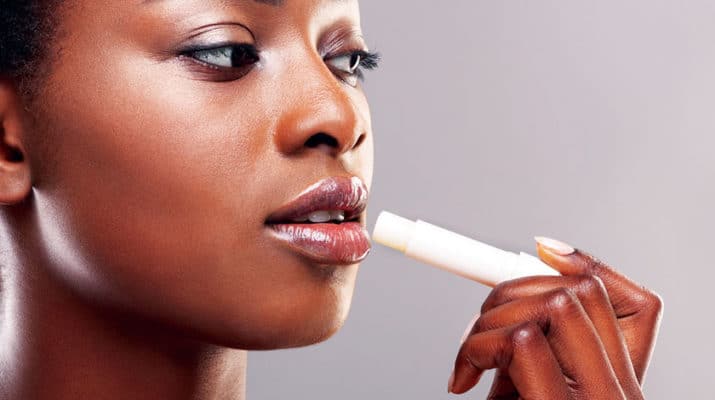Things you didn’t know you could get addicted to
By Barbara Pierce

“Addiction” suggests gambling, drinking, and drugs. But there are other habits, behaviors, and even beauty products that are surprisingly addictive.
- Diet soda: “Diet soda can become addicting, either to the caffeine or the artificial sweetener in it,” said registered dietitian Priya Mathew of Mohawk Valley Nutrition Services, Utica.
Aspartame is usually used as the sweetener in diet soda, she explained. Although aspartame has no calories, it alters your brain chemistry by tricking your brain to think that you’ve consumed sugar. When your brain finds out that the sugar is missing, this makes your body crave “sweets.”
The artificial sweetener essentially stimulates the dopamine center, or the reward center of the brain, just like real sugar or any other stimulants, which leads to craving more soda.
Breaking the habit can be difficult. Mathew suggests taking it slow, though some can go cold turkey. Start your day with lean protein to help cut the cravings.
Try adding coffee or tea midmorning, sweetened with honey or sugar. Or try club soda or fruit juice with club soda as you transition away from soda. Exercise also helps cut the cravings.
- Chapstick: If you’ve ever watched as someone applied and then reapplied Chapstick or other lip balm repeatedly, there’s a reason. The ingredients can be super drying, which is why they feel the need to keep reapplying in a vicious cycle. Also, they’ve become used to the feeling of that texture on their lips, and feel something is missing.
Go slowly to wean yourself off it, gradually lengthening the time between applications, advises one person who did.
- Moisturizer: If you moisturize more than twice a day, stop. What you’re doing is actually counterintuitive and may make your skin addicted to that product. Some believe constant use of thick moisturizers makes the skin “lazy;” the skin doesn’t have to work as hard as it normally would to maintain adequate hydration levels.
In fact, it’s a myth that everyone needs to use moisturizer. If your skin looks and feels normal, you don’t need to use a moisturizer regularly. Only if you have a skin condition — like eczema, dryness, scaling or flaking, redness, or itching — will a moisturizer help.
If you want to use moisturizer, opt for a product that’s light and easy to spread, without a greasy, heavy feeling.
- Visine: If you have chronic red eyes and routinely reach for eye drops like Visine, you could get addicted to these drops. Visine does “get the red out.” But it also has a rebound effect, say experts. Frequent use of Visine can cause redness. Some may find themselves in a cycle of using a product that initially helped the problem but now contributes to it.
Addicted to feeling good
- Tanning: Tanning addiction is common. Ultraviolet light triggers a release of endorphins, the feel-good hormone. If you’re craving that feeling of happiness, and find you’re going to the tanning salon more often or staying in the tanning bed longer, that could be a sign of dependence.
- Online dating: If it’s as easy to find a date as swiping left or right, it’s easy to see how online dating could be very addictive. The design of dating apps mimics slot machines: You take a gamble on who will appear. Like slots, they’re simple and fun to use. And, if a reward is unpredictable — a winning slot combo, or a match with a potential date — it’s all the more appealing. It’s no surprise that users end up talking to less than 10% of their matches. Some check for potential matches over 20 times a day.
Other things we can get addicted to include video games, TV watching, sex, porn, posting selfies, shopping, tattoos, teeth whitening, and working out.
These addictions, or patterns of behavior, are deeply wired into our brains. And they fire up the pleasure centers of our brain, making it difficult to simply eliminate them. The advice “just stop doing it,” rarely works.
The key to breaking these addictions is breaking the pattern. Usually there is a clear trigger to start the pattern. For example, you see the TV and couch as soon as you hit the front door. Your brain connects the dots, and eating dinner in front of the TV on the couch is not far behind.
So first, identify the triggers.
Then, develop a plan to deal with the triggers. Replace the behavior with a new behavior that provides a similar benefit. As Mathew suggested, if you always grab a diet Coke when you settle down to watch Netflix, instead have a glass of fruit juice with club soda.
The key is mapping this out before the triggers have a chance to kick in.
Reward yourself for making small steps in the right direction.
Be persistent and patient. Realize it takes time for new brain connections to kick in, for new patterns to replace the old. Don’t beat yourself up for slip-ups or use them as rationales for quitting. Take it one day at a time.

